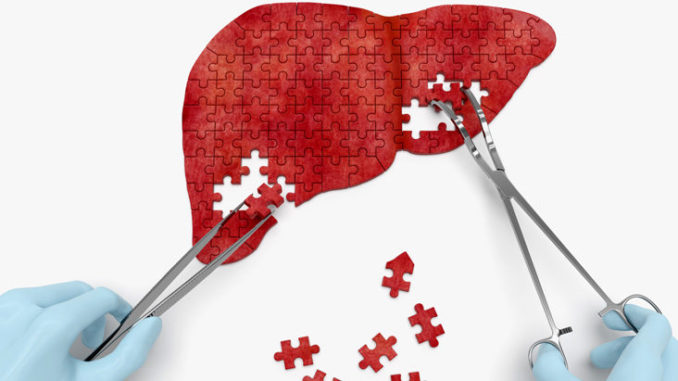
Liver flukes can cause a nasty infection. When suffering from it you will have a chronic parasitic infection of the bile ducts. These infections can cause liver stones and are caused by eating foods that are infested with flukes, raw fish, or freshwater. In the stool, these flukes may show up as little tomato skins which are undigested. Liver flukes and liver stones
Clonorchis Sinensis, Opisthorchis felineus, and Opisthorchis viverrini are the most common types of liver flukes.
Liver Flukes In Humans
Around 35 million people worldwide are infected with liver flukes. The high rate of bile duct cancer in some countries is most likely due to the incidence of liver flukes. This type of infection is most common in countries in South-East Asia, Taiwan, Vietnam, South Korea, Laos and the Northeast part of Thailand, Eastern Europe including Eastern Russia, China, and Northern Siberia. In China, an estimated 15 million people have a liver fluke infection.
In these countries, the people that are living close to the river are prone to a liver fluke infection because they have a habit of consuming undercooked or fish. It is an important public health issue and we are sure that liver fluke infections do not receive the awareness it deserves in the medical world.
Liver flukes are not commonly seen around the Western world. In North American countries, Europe, and Australia where many Asian immigrants have settled, some people may carry a liver fluke caught in their home country. Because it is not commonly seen, the right diagnosis is often missed by doctors until the infection with liver flukes has resulted in severe liver damage.
Liver flukes and liver stones
The liver flukes settle in the smaller bile ducts in the liver and the gallbladder. They can live there for around twenty to thirty years. They cause scarring and chronic inflammation of the bile ducts, which in turn leads to fibrosis of the bile ducts and dilatation. A liver fluke is considered to be a type of flatworm. Adult flukes lay between 2000 to 3000 eggs every day. The eggs leave the body through the bile ducts and stools of infected persons. It starts all over again when people eat raw fresh-water fish.
When you are infected with a liver fluke you’ll most likely have no symptoms. When the infection starts to get severe, you may suffer from abdominal discomfort or malaise, or fatigue. When the infection remains, liver stones or gallstones may form in the liver, gallbladder, or bile ducts.
Even more severe infections may cause an enlarged liver and you may suffer from anorexia, abdominal pain, vomiting or nausea, and indigestion. Jaundice may occur when the bile ducts are obstructed by these liver stones because of a large number of liver flukes, or when you have bile duct cancer because of the chronic infection.
Liver fluke tests
In countries where liver flukes are most present, it is recommended to screen patients with a stool ova test or liver ultrasound scan. The groups that are most prone to infections are the people who eat undercooked or raw fish. The scan may show bile duct dilatation. When the test is positive, anti-worm drugs should be prescribed immediately.
Did you travel to endemic parts of the world like South East Asia? It is recommended to see a doctor for a test.
Zapping liver flukes
Beware: this is an alternative healing method. Please consult a doctor before using this method in case of an infection. In most cases, the liver flukes will be prone to zapping. Hulda Clark (author of the book ” the cure for all diseases”) wrote that regular use of a zapper might kill off all flukes. Because of the high frequency, most liver flukes will simply evaporate. Using a zapper to kill off liver flukes has shown to be an effective method.
Regular treatment of Liver Flukes
Regular treatment of liver flukes is mostly done by the swallowing of tablets. Sometimes a liver is so badly damaged that parts of it have to be removed. The earlier the infection is detected and taken care of, the fewer problems you will have with the bile ducts and the liver.
In a Lancet study, researchers discovered that tribendimidine is more effective and as safe as the standard treatment for liver fluke, a drug called Praziquantel. The cure rate for this drug is around 70%. Tribendimidine showed way higher cure rates, but this statement needs to be retested and confirmed in larger clinical trials.
Liver flukes are very hard to get rid of. Most of the time it takes a long time, depending on the number of liver flukes present in the liver. Many people taking anti-worm drugs have stated on internet forums that when taking the drugs or zapping, they passed hundreds of flukes every day. Be persistent and don’t give up!

